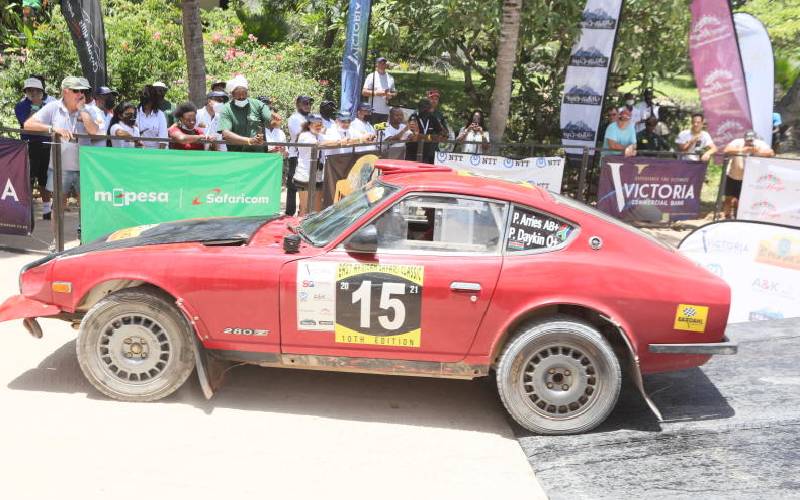×
The Standard e-Paper
Home To Bold Columnists

Baldev Cheqev and Drew Sturrock celebrate after winning the East African Safari rally classic at Watamu in Kilifi County. [Omondi Onyango,Standard]
The gang woke up early Wednesday morning to one of Africa’s most beautiful sights — Mount Kilimanjaro in all her glory. At the border town of Loitokitok, there is a feeling that one can almost touch the glittering snows with the golden glow of the rising sun.